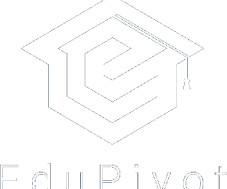How to Create Context-Setting Learning Objectives - Tip #162
Vignettes Learning
DECEMBER 27, 2017
We are inundated by the constant and steady bombardment of information from just about any form of media available - on a daily basis. So how do we help learners focus on usefulness and context of the content and to design and deliver training and eLearning programs to resist the tendency to dump content? It needs time to digest.































Let's personalize your content